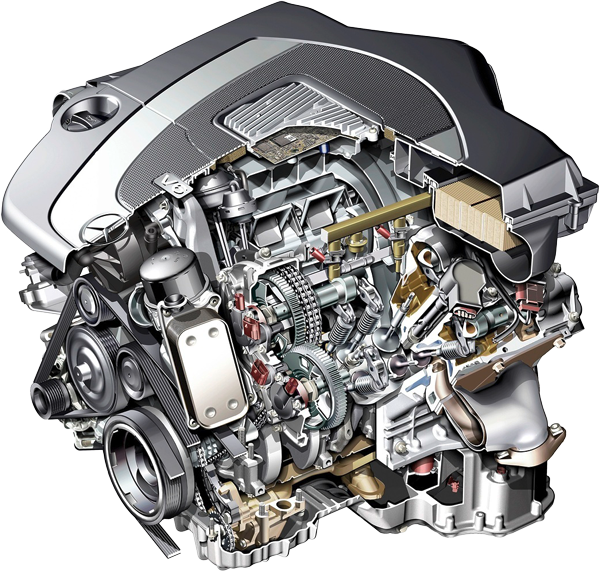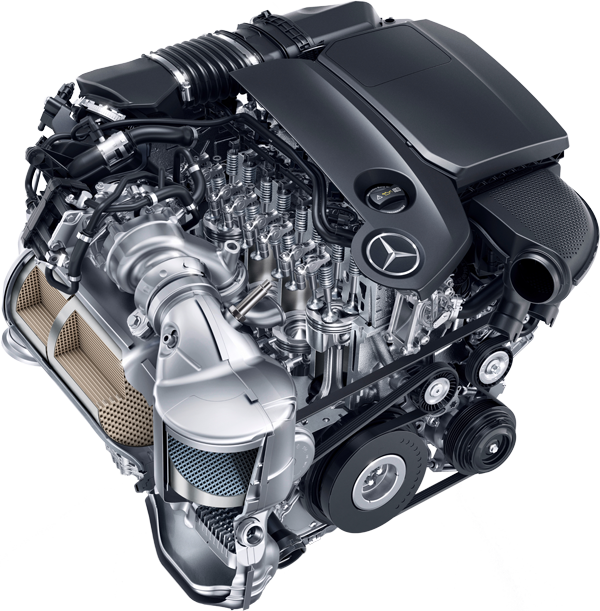The Comparative Analysis :
Mercedes C 230 (07 - 09) vs. Mercedes C 300 d 9G-TRONIC (18 - ..)
€ 36,200

€ 46,100

€ 36,200
Base Price ⓘBase price of a new vehicle with standard equipment in Germany at market launch.
€ 46,100
ⓘBase price of a new vehicle with standard equipment in Germany at market launch. Price Info
Vehicle Dimensions
The dimensions of these vehicles differ slightly. The C 230 is 10 cm shorter, 4 cm narrower and 0.2 cm taller than the C 300 d.
C 230
C 300 d
1444
1770
2008
1442
1810
2020
1770 mm
Width
1810 mm
2008 mm
Width Incl. Mirrors
2020 mm
1444 mm
Height
1442 mm
2760
4586
2840
4686
4586 mm
Length
4686 mm
2760 mm
Wheelbase
2840 mm
Vehicle Weight
C 230
C 300 d
1540 kg
Kerb Weight
1635 kg
2025 kg
Gross Vehicle
Weight
Weight
2215 kg

Weight Difference:
95 kg
5.81 %

General
C 230
C 300 d
W204
Generation
W205
Saloon
Car Body Style
Saloon
Unleaded (95 RON)
Fuel Type
Diesel

Rear-wheel drive
Drive
Rear-wheel drive

6-speed manual transmission
Transmission
9-speed automatic transmission
Engine
C 230
C 300 d
V6 petrol engine (naturally aspirated engine)
Engine Type
Straight-four diesel engine with two turbochargers (biturbo)
Mercedes-Benz M 272
Engine Series
Mercedes-Benz OM 654
M 272.921
Engine Code
OM 654.920


4
Valves
4
6
Cylinders
4
2496 CC
Engine Capacity
1950 CC
201 bhp
at 6100 rpm
Power
242 bhp
at 5000 rpm
C 230
201 bhp
242 bhp
C 300 d
245 NM
at 2900 rpm
Max. Torque
500 NM
at 1600 rpm
C 230
245 NM
500 NM
C 300 d
Performance
C 230
C 300 d
149 mph
Maximum Speed
155 mph
8.4 sec
Acceleration 0 to 62 mph
5.9 sec
62 mph
62
mph
mph
117 m
0.000 sec

C 230
62 mph
62
mph
mph
82 m
0.000 sec

C 300 d
▶ REPLAY
7.66 kg/bhp
Weight-to-Power Ratio
6.76 kg/bhp
C 230
7.66 kg/bhp
6.76 kg/bhp
C 300 d
Fuel Economy / Emissions
C 230
C 300 d
Fuel Economy
31 mpg
combined
55 mpg
C 230
31 mpg
55 mpg
C 300 d
21 mpg
city
46 mpg
42 mpg
motorway
61 mpg
66 L
Fuel Tank Capacity
41 L
450 mi
Range
500 mi
C 230
450 mi
500 mi
C 300 d
Environmental Impact
172.4 kWh
Total Energy Consumption
per 100 miles ⓘThe total energy consumption per 100 miles is the amount of energy consumed by a vehicle when burning fuel or using electricity per 100 miles (final energy), and the energy required to produce the appropriate amount of fuel or electricity (primary energy).
per 100 miles ⓘThe total energy consumption per 100 miles is the amount of energy consumed by a vehicle when burning fuel or using electricity per 100 miles (final energy), and the energy required to produce the appropriate amount of fuel or electricity (primary energy).
104.9 kWh
C 230
172.4 kWh
104.9 kWh
C 300 d
Euro 4
Emission Standard
Euro 6d
216 g/km (NEFZ)
CO2 Emissions
153 g/km (WLTP)
Practical Convenience
C 230
C 300 d
4
Doors
4
5
No. of Seats
5
485 kg
Maximum Payload
580 kg
475 L
Boot Capacity
455 L










No data
Boot Capacity (Seats Down)
No data



















